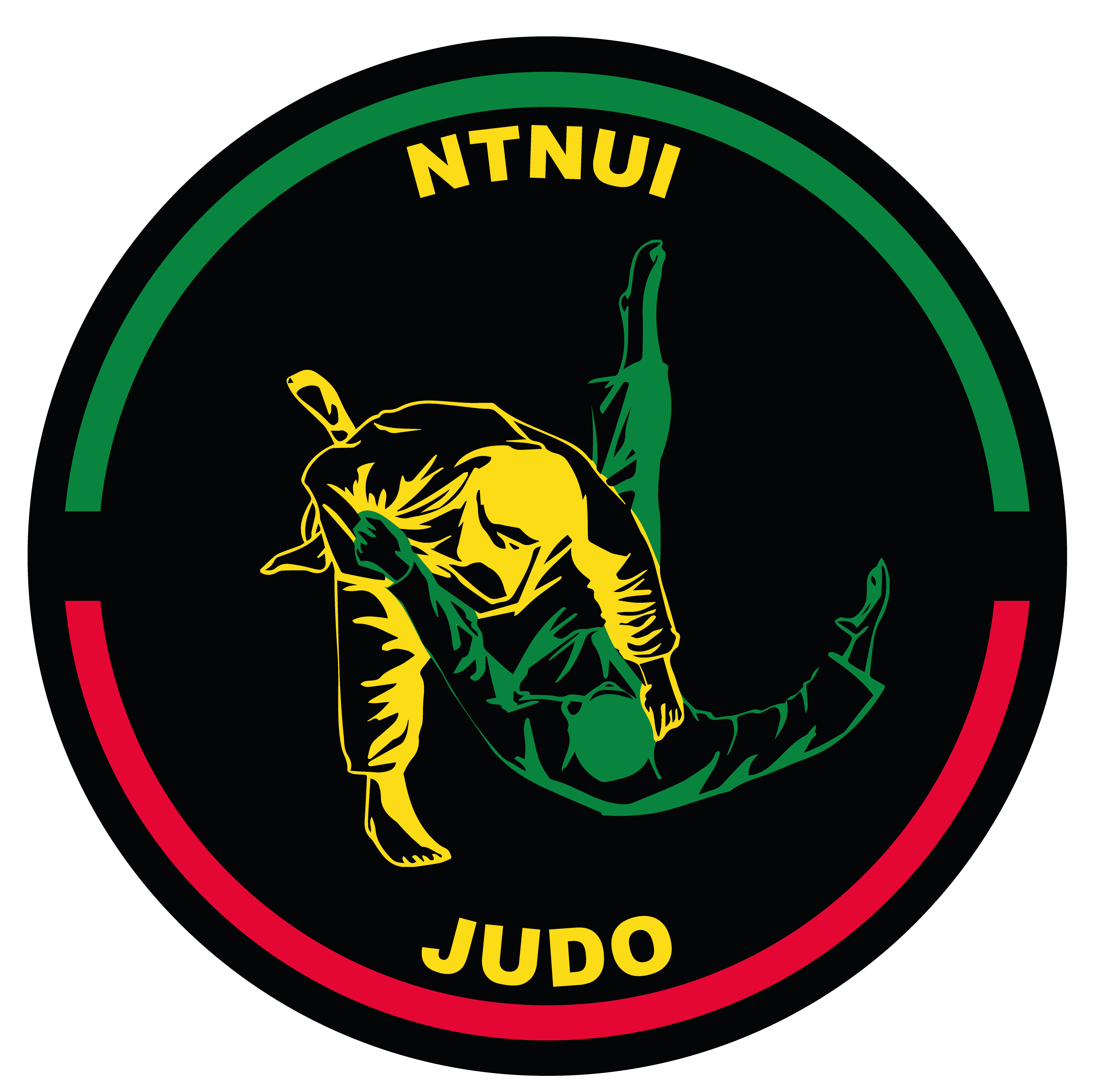Judo is a martial art that was founded by Jigoro Kano in 1882. Jigoro kano developed judo from the old Japanese self defence system ju-jitsu in a period when ju-jitsu was in declining interest and existed in different forms with a few different schools and dojos in Japan. The most important principle was kuzushi – the breaking of balance, a principle that made traditional techniques much more effective and caused that good technique beat raw strength. Kuzushi had probably already been used, but it was not recognized as a fundamental and superior principle. New techniques were also developed by Kano, as a natural consequence of kuzushi.
The name judo consists of the parts “Ju” and “Do”. Both of which origins from Chinese Taoism. Do is the Japanese word for Tao and translates to “way” or “line”. It is this suffix that separates judo from ju-jitsu. Jitsu/Jutsu means “art” and is about perfecting techniques, while Do also contains a concept of personal development through ethics and philosophy. The prefix “Ju” translates to “soft” and “careful”, but is better understood as the counterpart to hard, extreme and stubborn.
Judo was an Olympic sport for the first time in Tokyo in 1964 and has been in every summer games since 1972. The combat rules have been revised many times to make the sport safer and more interesting to watch for the audience, therefore modern judo is one of the safest full contact combat sports there is.
The rank system judo has today, was adopted by most other Asian martial arts. There are several different grades for students and masters, which are shown with different coloured belts. The belts are supposed to show the athletes knowledge and leadership abilities. The belts are also a great motivation for the athletes.
Internationally judo has been a huge sport for many years and is practised by boys and girls in all ages, both for exercise, competition, personal development and as a hobby. Most importantly, people do judo because it is social and fun! I do judo, do you?
